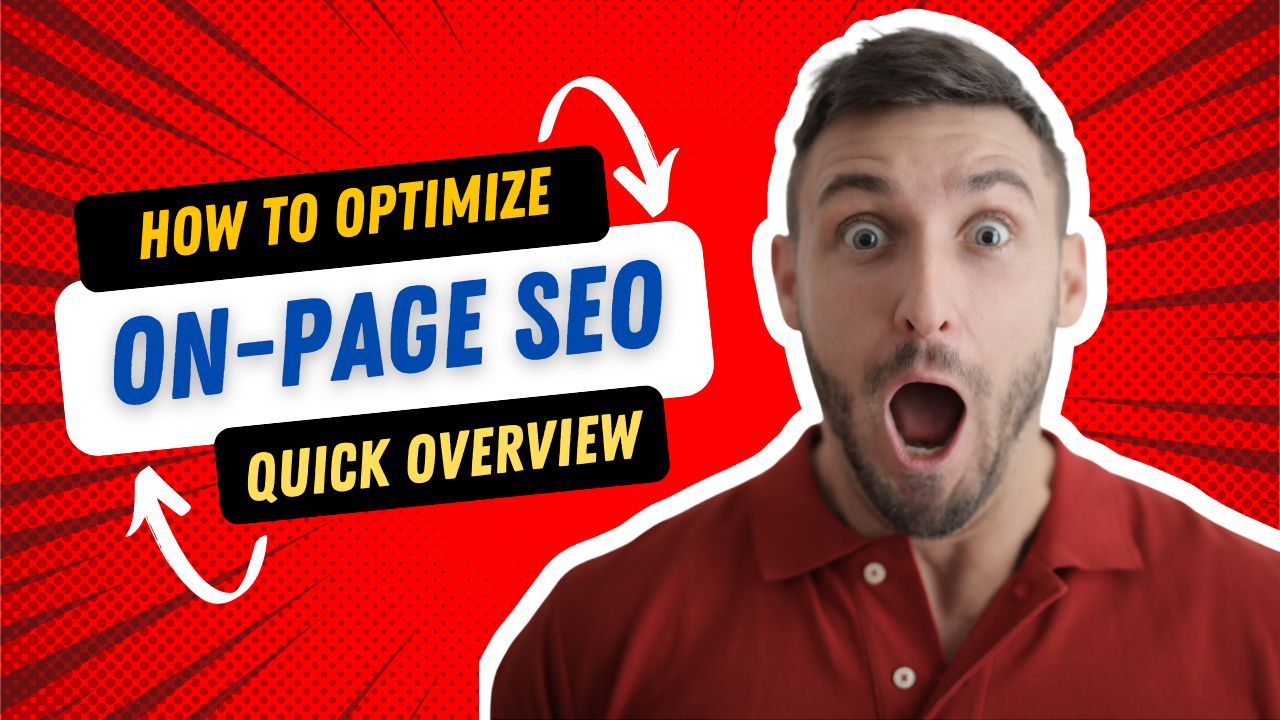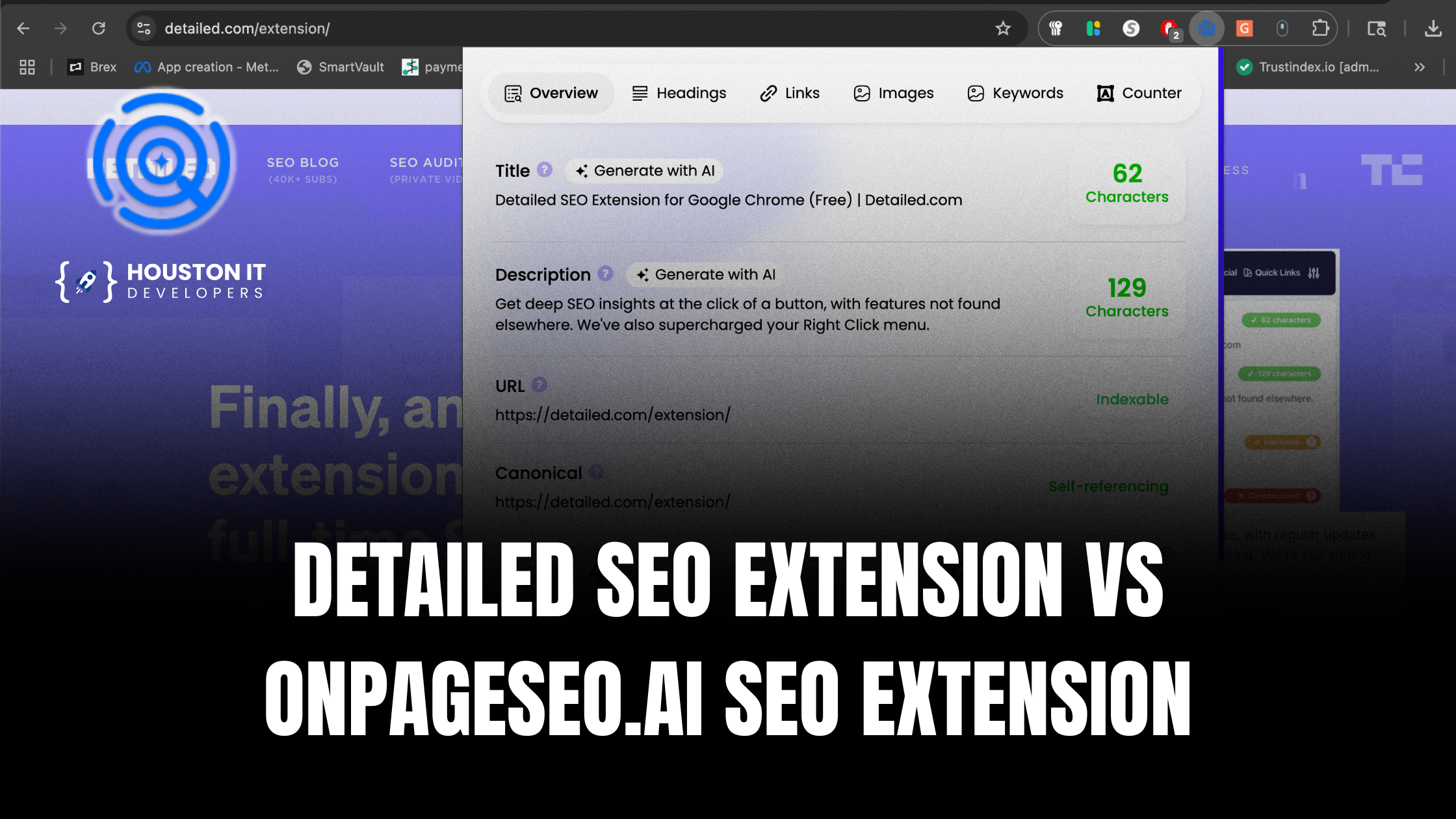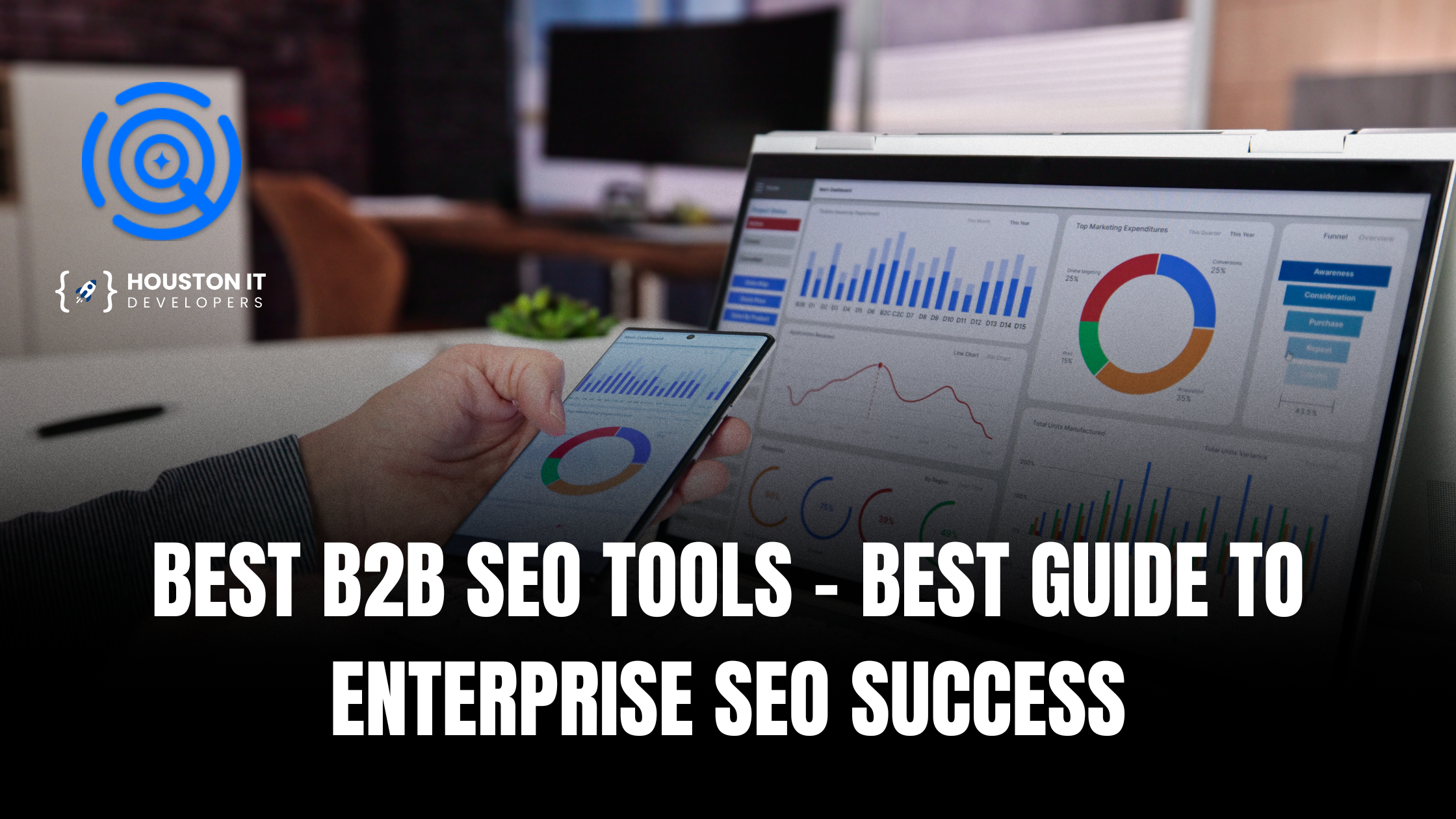Introduction to On-Page SEO: Your Website’s Secret Weapon
In the bustling digital landscape, where countless websites vie for attention, on-page SEO is the compass that guides search engines to your online presence. It’s the art and science of optimizing your website’s content and HTML source code to rank higher in search engine result pages (SERPs) and attract more organic traffic. In this in-depth guide, we’ll unpack the essential components of on-page SEO, empowering you to take charge of your website’s destiny.
But here’s the kicker: We’re not just spouting theory. We’re going to dive into practical tactics based on a YouTube tutorial that’s got the SEO community buzzing. You’ll learn how to wield these tools effectively to propel your website to the top of the rankings.
Title Tag Optimization: Making Every Word Count
The title tag is your website’s headline in the search results – the first impression you make on potential visitors. It’s a crucial element for both users and search engines. A well-crafted title tag not only accurately summarizes your page’s content but also includes relevant keywords that search engines use to understand your site.
Here’s how to create title tags that work:
- Keep it concise: Aim for 50-60 characters to avoid truncation in search results.
- Front-load keywords: Place the most important keywords at the beginning.
- Make it compelling: Entice users to click with engaging language.
Example:
Weak title: Homepage | Houston IT Developers
Strong title: Houston IT Solutions | Web Development & Managed IT Services
Crafting Compelling Meta Descriptions: Your Click-Through Magnet
The meta description, a brief snippet of text that appears below the title tag in search results, doesn’t directly impact rankings. However, it plays a significant role in enticing users to click on your link.
Follow these tips to write meta descriptions that convert:
- Be descriptive: Summarize the page’s content accurately.
- Incorporate keywords: Include relevant terms, but avoid keyword stuffing.
- Call to action: Encourage clicks with phrases like “Learn more” or “Discover.”
Example:
Weak description: This is the homepage of Houston IT Developers.Strong description: Houston IT Developers provides top-tier web development and managed IT services. Contact us today for a free consultation.
Utilizing Headings Effectively: H1s, H2s, and H3s – The Backbone of Your Content
Heading tags (H1, H2, H3, etc.) structure your content, making it easier for both users and search engines to digest. The H1 tag is your main page title, while H2 and H3 tags organize subsections.
Follow these guidelines for optimal heading usage:
- One H1 per page: Use only one H1 tag as the primary title.
- Descriptive headings: Accurately reflect the content of each section.
- Keyword inclusion: Include relevant keywords in headings, where appropriate.
Enhancing Content with Elementor on WordPress: Your On-Page SEO Ally
Elementor is a popular WordPress page builder that simplifies the process of adding and organizing header tags. Its intuitive drag-and-drop interface makes it easy to create visually appealing and SEO-friendly content.
Optimizing with the Yoast SEO Plugin: Your SEO Sidekick
Yoast SEO is a powerful WordPress plugin that streamlines on-page SEO. It analyzes your content, offers suggestions for improvement, and helps you optimize meta tags, headings, and more.
Developing a Strong Internal Linking Strategy: The Thread That Ties It All Together
Internal links connect pages within your website, helping users navigate and search engines discover new content. A robust internal linking strategy improves user experience and distributes link authority throughout your site.
Analyzing and Outperforming Competitors in SEO: The Race to the Top
To stay ahead in the SEO game, you need to understand your competitors’ strategies. Analyzing their keywords, backlinks, and content will reveal opportunities and weaknesses you can exploit.
Remember:
- Google Search Console: This free tool provides valuable insights into your website’s performance in search results.
- Keyword research tools: Identify the terms your target audience is searching for.
- Backlink analysis tools: Evaluate your backlink profile and compare it to competitors.
Conclusion: Your Path to On-Page SEO Mastery Begins Now
By implementing the strategies outlined in this guide, you’ll be well on your way to higher search rankings and increased organic traffic. Remember, on-page SEO is an ongoing process. Stay up-to-date with the latest trends, experiment with different techniques, and never stop learning.
Ready to take your website to the next level? Contact Houston IT Developers LLC for a personalized consultation or SEO audit. We’ll help you unlock your website’s full potential and achieve lasting success in the digital world. We are a top rated Houston SEO Company serving clinics, service companies, lawyers, top Amazon sellers and tiktok sellers and more!








